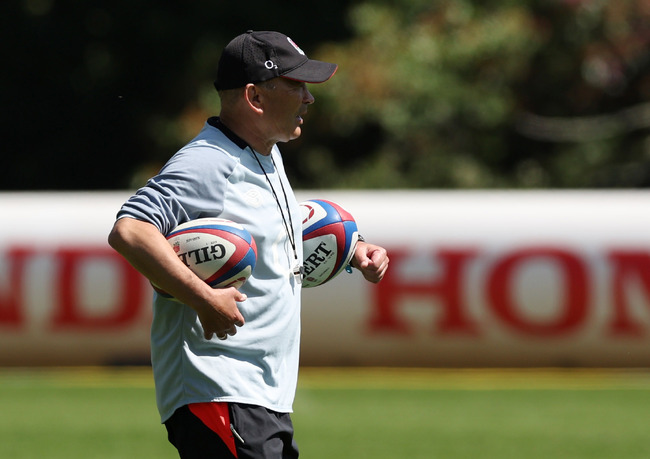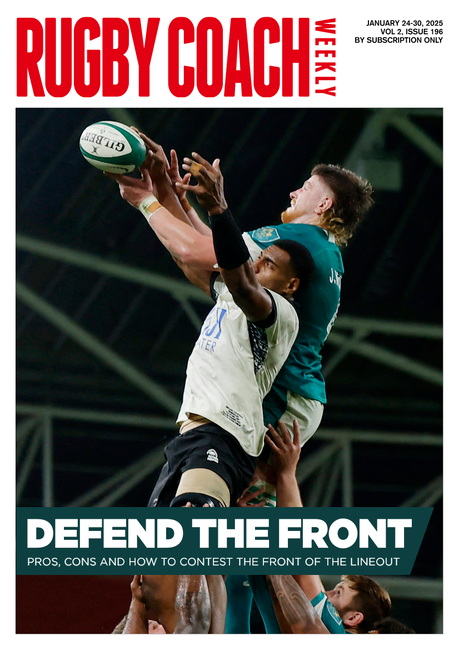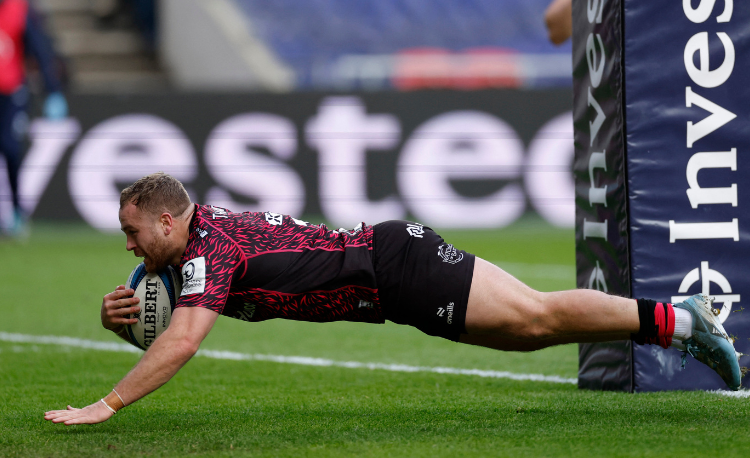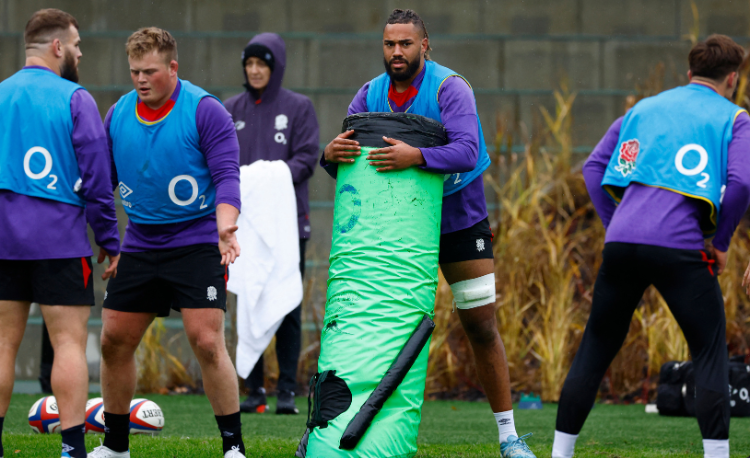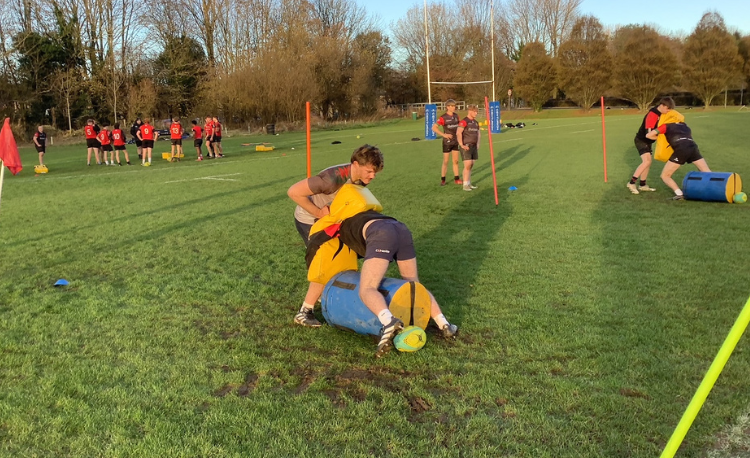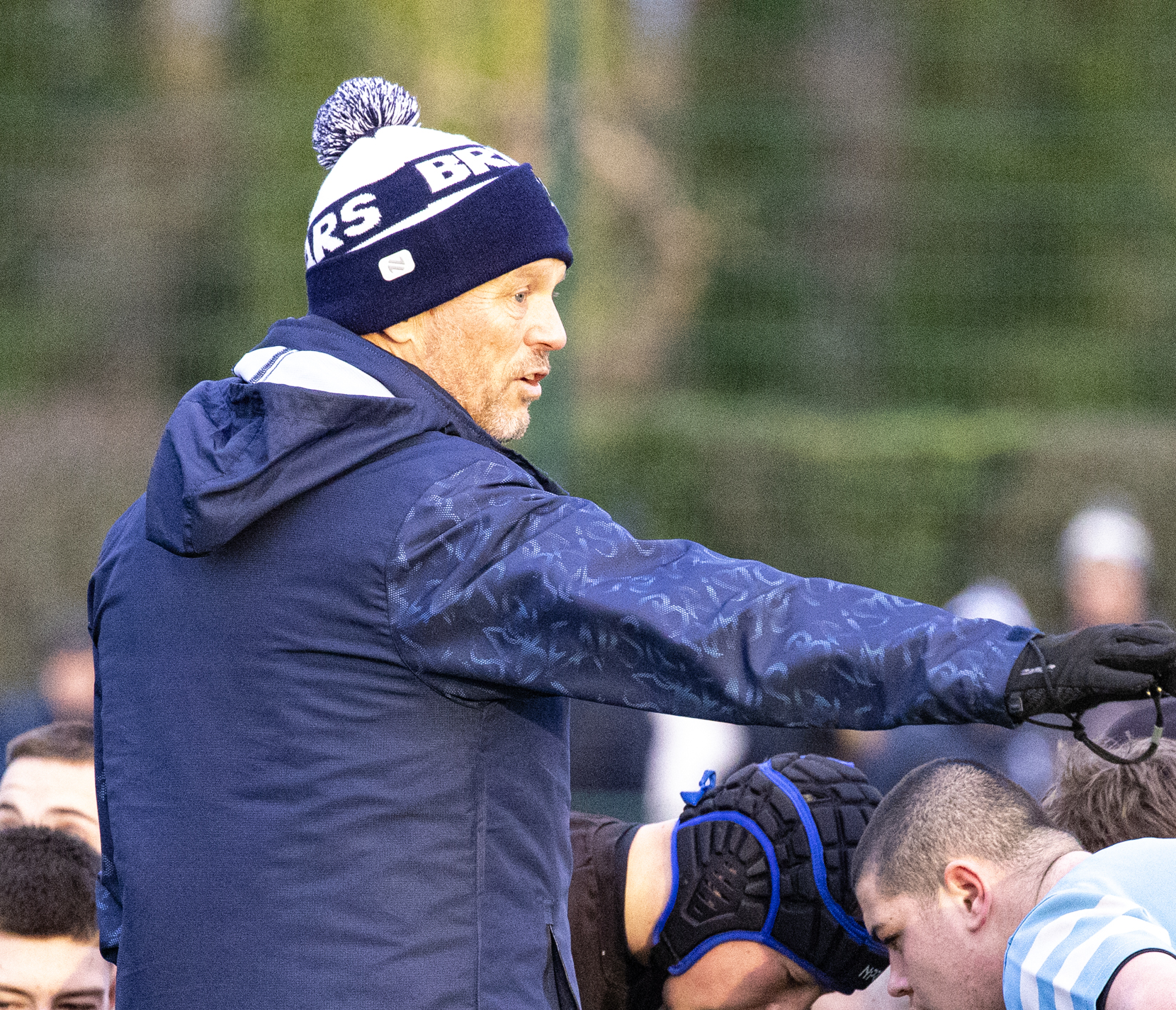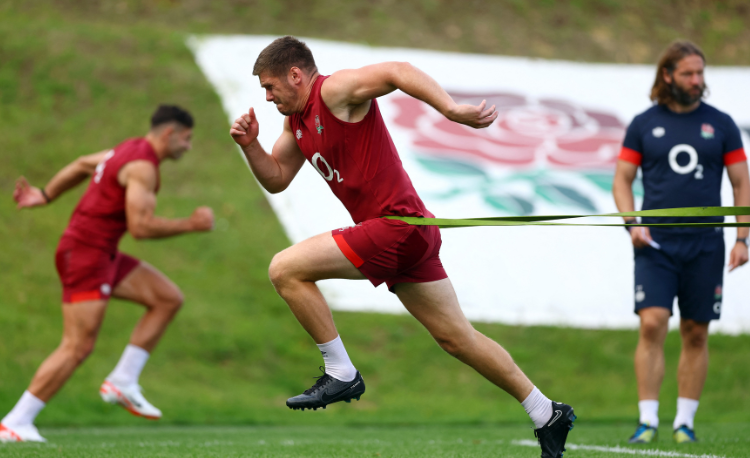Not using two balls in a training game
Using two balls in training may increase energy, but it can disrupt realistic game scenarios and problem-solving opportunities.
Eddie Jones, now plying his trade in Japan again, is very much in favour of carrying an extra ball during a training game.
He will throw it into the game at certain points, making the first ball redundant.
In fact, Jones loves this tactic so much that another coach is often hovering close by with a stock of balls, ready to replenish the boss.
Many coaches replicate this technique, and, perhaps, dear reader, you do, too.
I used to – but I rarely do so now.
Let’s first consider the benefits of employing a second ball. Firstly, it creates energy to restart the game if there is a breakdown with the original ball. As a consequence, it can add a conditioning element.
Secondly, the coach can quickly change which team is in possession, making both teams think fast in transition. Finally, throwing the ball behind one of the teams creates different starting points.
For these reasons, the idea has merits. However, I might use it once or twice, at most, in a training block.
For most games, I use just one ball. The best reason for this is that it is like the game.
If the ball goes into touch, I want to encourage the players to regather it and use a quick throw to restart the game.
If you need more energy, I think the players should drive this. Using a second ball to achieve it is an admission of failure to build that environment over the longer term.
Back to the training game representing the real game – the ball entry into the actual game is completely predictable, in terms of the source.
If there is a turnover, both teams will be looking. It is unrealistic for them to be looking around for a random throw.
However, the critical point is around thinking time.
You need to give natural break points in a game so that a team can communicate with each other and solve their problems. This is just like in a match, where you stop for set pieces.
The players should be encouraged to have micro-huddles and then back into the game.
Two-ball coaching has its place, but it has minimal impact.
---
QUOTE
"Athletes who claim they are dedicated and committed to their team, but, at the same time, complain about their lack of playing time, or talk negatively about team-mates behind their back, may not be as dedicated and committed to their team as they think they are."
Ralph Pim, author, team builder, teacher
Newsletter Sign Up
Coaches Testimonials

Gerald Kearney, Downtown Las Vegas Soccer Club

Paul Butler, Florida, USA

Rick Shields, Springboro, USA

Tony Green, Pierrefonds Titans, Quebec, Canada
Subscribe Today
Be a more effective, more successful rugby coach
In a recent survey 89% of subscribers said Rugby Coach Weekly makes them more confident, 91% said Rugby Coach Weekly makes them a more effective coach and 93% said Rugby Coach Weekly makes them more inspired.
Get Weekly Inspiration
All the latest techniques and approaches
Rugby Coach Weekly offers proven and easy to use rugby drills, coaching sessions, practice plans, small-sided games, warm-ups, training tips and advice.
We've been at the cutting edge of rugby coaching since we launched in 2005, creating resources for the grassroots youth coach, following best practice from around the world and insights from the professional game.
